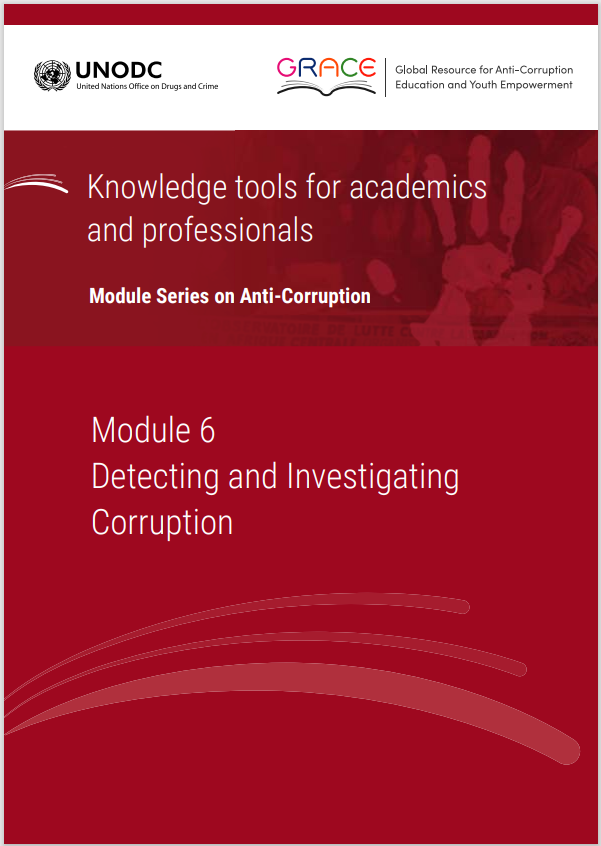This module is a resource for lecturers
Possible class structure
This section contains recommendations for a teaching sequence and timing intended to achieve learning outcomes through a three-hour class. The lecturer may wish to disregard or shorten some of the segments below in order to give more time to other elements, including introduction, icebreakers, conclusion or short breaks. The structure could also be adapted for shorter or longer classes, given that the class durations vary across countries.
Introduction (15 mins)
- Conduct Exercise 1
- Briefly note that whistle-blowing and anti-corruption enforcement are vast topics with extensive study and legal development, and that the Module addresses methods ranging from detecting and reporting corruption to rectifying it, focusing on the grass roots level and the importance of whistle-blowers.
The Role of Transparency (15 Mins)
- Discuss how transparency can facilitate the detection of corruption.
- Describe the different measures enhancing transparency in the institutions such as access to information laws, e-government and open data tools, etc.
How is Corruption Detected? (45 Mins)
- Present the various mechanisms for detecting corruption and discuss their strengths and weaknesses.
- Describe the differences between internal and external audits as well as the different methods of auditing. If time allows, conduct Exercise 3 to launch discussions of blockchains and the proposed "Auditchain" live auditing process.
- Discuss the various means of reporting, including self-reporting and citizen reporting as well as the role of the media and the new technologies to facilitate public reporting. Briefly discuss articles 37 and 39 of UNCAC.
- Conduct Exercise 4.
Whistle-blowing (45 Mins)
- Conduct Exercise 5.
- Follow up with an overview of whistle-blowing systems and protection. Facilitate a class discussion on whether financial incentives could be helpful to stimulate whistle-blowing in their country.
What Happens after Corruption is Detected? Handling Reports and The Investigation Process (45 Mins)
- Facilitate a student discussion and reflective thinking about the investigations' purposes and principles. Discuss the different components of the investigation processes, especially the handling of reports and the subsequent procedures.
- Describe the differences between internal and external investigations.
Conclusion (15 mins)
- Conduct Exercise 6 and wrap up the class.
 Next:
Core reading
Next:
Core reading
 Back to top
Back to top
